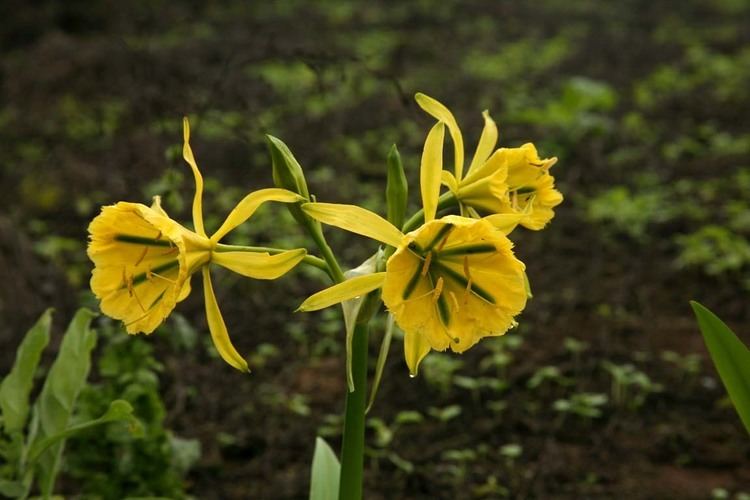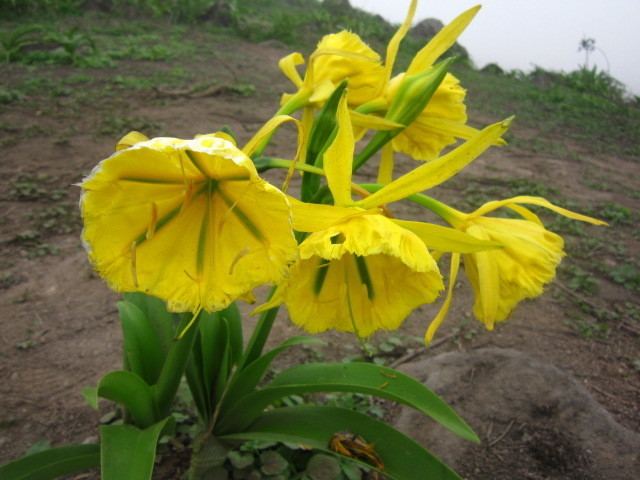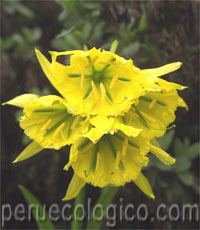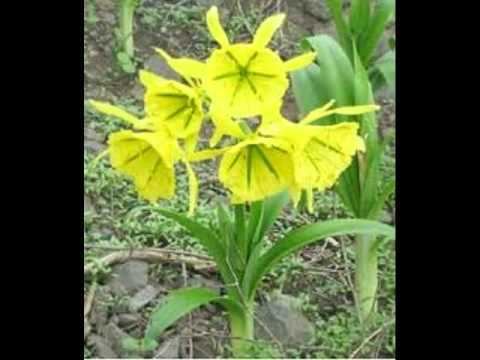Clade Monocots Rank Species | Clade Angiosperms | |
 | ||
Similar Ismene, Hymenocallis, Ismene narcissiflora, Stenomesson, Leptochiton | ||
Ismene amancaes, commonly called amancae or amancay, is an endemic herbaceous plant species of the coastal hills of Peru. Other spellings or regional names for this plant are: Amankay, Hamancaes, Janacai or Lamanckai.

This herbaceous plant has white bulbs, a rosette of intense green leaves and yellow terminal flowers with a greenish interior. The flowers have a short lifespan of two to three days.

Its green seeds germinate in the plant and later they fall with the root to the ground. It is often cultivated and has cosmetic and medicinal uses.

Its beauty has inspired many artists and intellectuals. From pre-Hispanic times, the Inca’s culture decorated qirus and other ceramics with this flower.
The flower of amancae was painted in watercolors by Martinez de Compagnon, Bishop of Trujillo.
In the 17th century, Bernabé Cobo said: "In the time of drizzles is born in the hills of the contour of Lima City, in so much quantity that they put of that they put of its color the meadows where they are born".
During the Colony in Pampas of Amancaes, located in the place which today is called Rimac District, the slopes of the place were covered with Amancaes of diverse colors: white, yellow and purple.
The flowering of the amancae often occurs about June 24, St. John the Baptist’s Day, a popular festive day in Peru. This coincidence motivated the archaeologist and naturalist Johann Jakob Von Tschudi to write the following anecdote: "People of all the colors and classes, play, drink, gather flowers and return to Lima at the time of pray". The flowering period of the amancae ends four months later, around September 30 when St. Jerome’s Day is celebrated.
